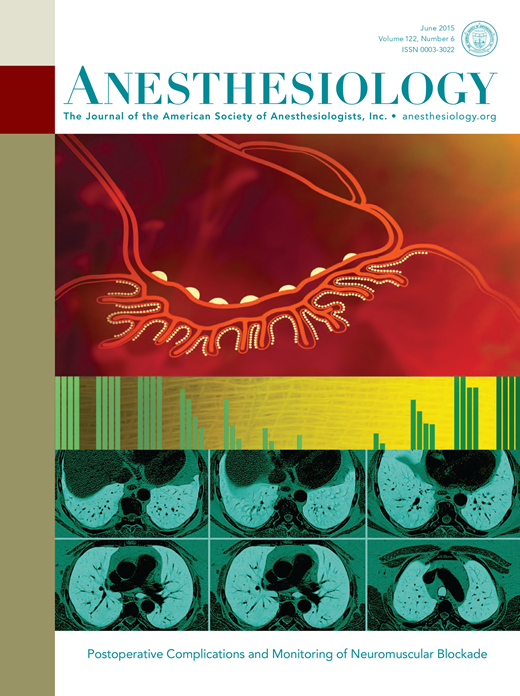子宫张力数值评分作为剖宫产中产后大出血的早期指标:一项前瞻性观察研究。
IF 9.1
1区 医学
Q1 ANESTHESIOLOGY
引用次数: 0
摘要
产后出血(PPH)是孕产妇死亡的主要可预防原因。大多数PPH病例是由子宫张力引起的,这在临床护理中定义不一致。我们使用电子健康记录(EHR)来促进麻醉和产科护理团队之间关于子宫张力的沟通,使用经过验证的11点数字评分量表(NRS),在我们机构所有剖宫产(cd)分娩后0,5和10分钟。我们的主要假设是低子宫张力NRS与进展为重度PPH密切相关。方法:这是一项为期一年的单中心前瞻性观察研究。主要预测指标为胎盘分娩后10分钟0-10子宫张力NRS记录,主要预后指标为重度PPH,定义为定量失血量(QBL)≥1500 mL。创建受试者工作特征曲线下面积(AUROC),并估计音调评分每变化1点发生重度PPH的相对风险。分析的主要次要结局包括音调评分、PPH和输血之间的关系。结果1599例连续cd由来自学术机构(39.3%)、县公共卫生机构(21.1%)和私人诊所(38.8%)的产科医生执行。主要PPH并发症占9.9%,输血占6.7%。子宫张力NRS记录在胎盘分娩后0分钟为91.6%,5分钟为97.4%,10分钟为97.0%。10分钟NRS是重度PPH的有力预测因子,AUROC为0.78 (95% CI 0.73-0.82)。NRS每降低1点,重度PPH的风险增加71% (95% CI 0.58-0.86)。10分钟子宫张力NRS≤6对重度PPH(32.9%)、PPH(64.2%)和输血(20.6%)具有较高的阳性预测值。结论0-10分制的标准化子宫张力评估是可行的,且与PPH进展和输血密切相关。未来的研究应探讨基于子宫张力NRS的PPH干预是否可以减少主要PPH和出血相关的发病率。本文章由计算机程序翻译,如有差异,请以英文原文为准。
Uterine tone numeric rating score as an early indicator of major postpartum hemorrhage during cesarean delivery: A prospective observational study.
BACKGROUND
Postpartum hemorrhage (PPH) is the leading preventable cause of maternal mortality. Most PPH cases are caused by uterine atony, which is inconsistently defined in clinical care. We used the electronic health record (EHR) to prompt communication between the anesthesia and obstetric care teams about uterine tone using a validated 11-point numeric rating scale (NRS) at 0, 5, and 10-minutes after placental delivery for all cesarean deliveries (CDs) at our institution. Our primary hypothesis was that lower uterine tone NRS would be strongly associated with progression to major PPH.
METHODS
This was a single-center, prospective observational study conducted over a one-year period. The primary predictor was the 0-10 uterine tone NRS recorded 10-minutes after placental delivery, and the primary outcome was major PPH, defined as quantitative blood loss (QBL) ≥ 1,500 mL. Area under the receiver operating characteristic (AUROC) curves were created, and relative risk of major PPH for each one-point change in the tone score estimated. Key secondary outcomes analyzed included associations between tone scores, PPH, and blood transfusion.
RESULTS
1,599 consecutive CDs were performed by obstetricians from academic (39.3%), county public health (21.1%), and private practice (38.8%) services. Major PPH complicated 9.9% and transfusion 6.7% of CDs. Uterine tone NRS was documented at 0-minutes after placental delivery in 91.6%, 5-minutes in 97.4%, and 10-minutes in 97.0% of CDs. The 10-minute NRS was a strong predictor of major PPH, with an AUROC of 0.78 (95% CI 0.73-0.82). Each one-point decrease in NRS increased the risk of major PPH by 71% (95% CI 0.58-0.86). A 10-minute uterine tone NRS ≤ 6 had high positive predictive value for major PPH (32.9%) as well as PPH (64.2%) and transfusion (20.6%).
CONCLUSIONS
Standardized uterine tone assessments on a 0-10 scale are feasible to implement and strongly associated with progression to major PPH and blood transfusion. Future studies should investigate whether implementation of PPH interventions based on uterine tone NRS can reduce major PPH and hemorrhage-associated morbidity.
求助全文
通过发布文献求助,成功后即可免费获取论文全文。
去求助
来源期刊

Anesthesiology
医学-麻醉学
CiteScore
10.40
自引率
5.70%
发文量
542
审稿时长
3-6 weeks
期刊介绍:
With its establishment in 1940, Anesthesiology has emerged as a prominent leader in the field of anesthesiology, encompassing perioperative, critical care, and pain medicine. As the esteemed journal of the American Society of Anesthesiologists, Anesthesiology operates independently with full editorial freedom. Its distinguished Editorial Board, comprising renowned professionals from across the globe, drives the advancement of the specialty by presenting innovative research through immediate open access to select articles and granting free access to all published articles after a six-month period. Furthermore, Anesthesiology actively promotes groundbreaking studies through an influential press release program. The journal's unwavering commitment lies in the dissemination of exemplary work that enhances clinical practice and revolutionizes the practice of medicine within our discipline.
 求助内容:
求助内容: 应助结果提醒方式:
应助结果提醒方式:


